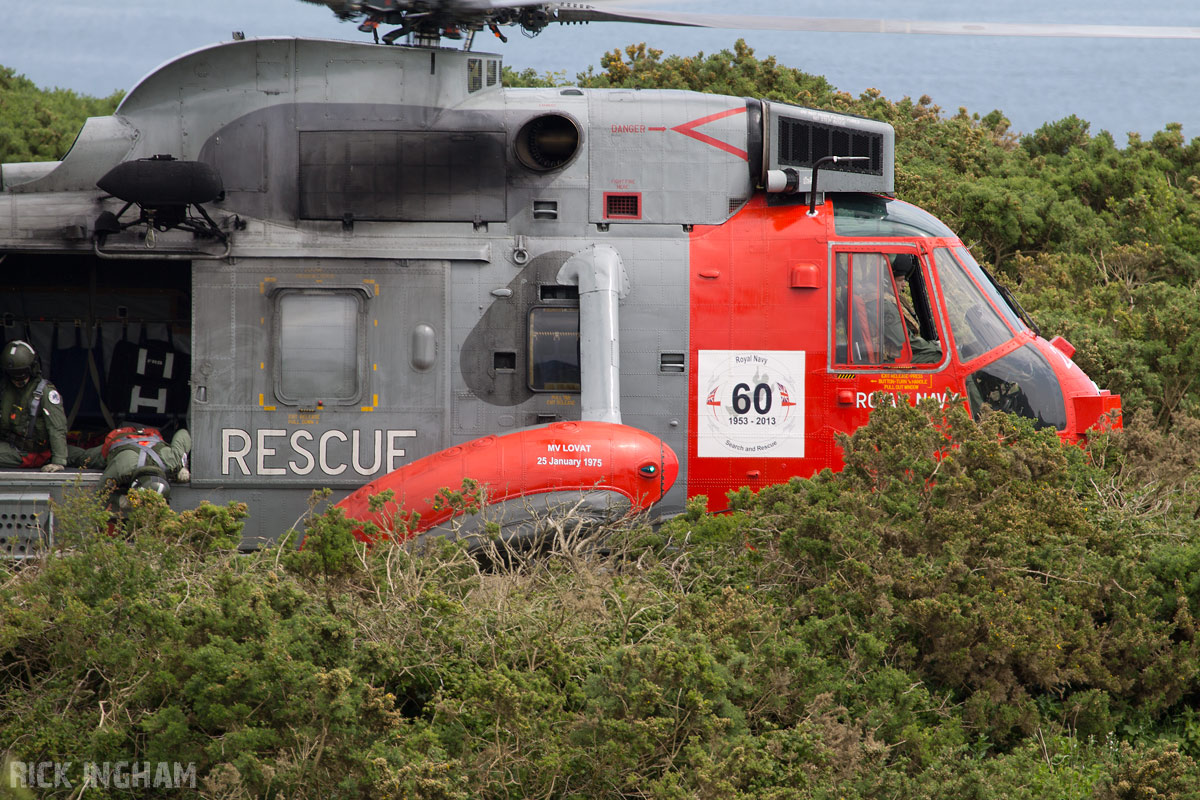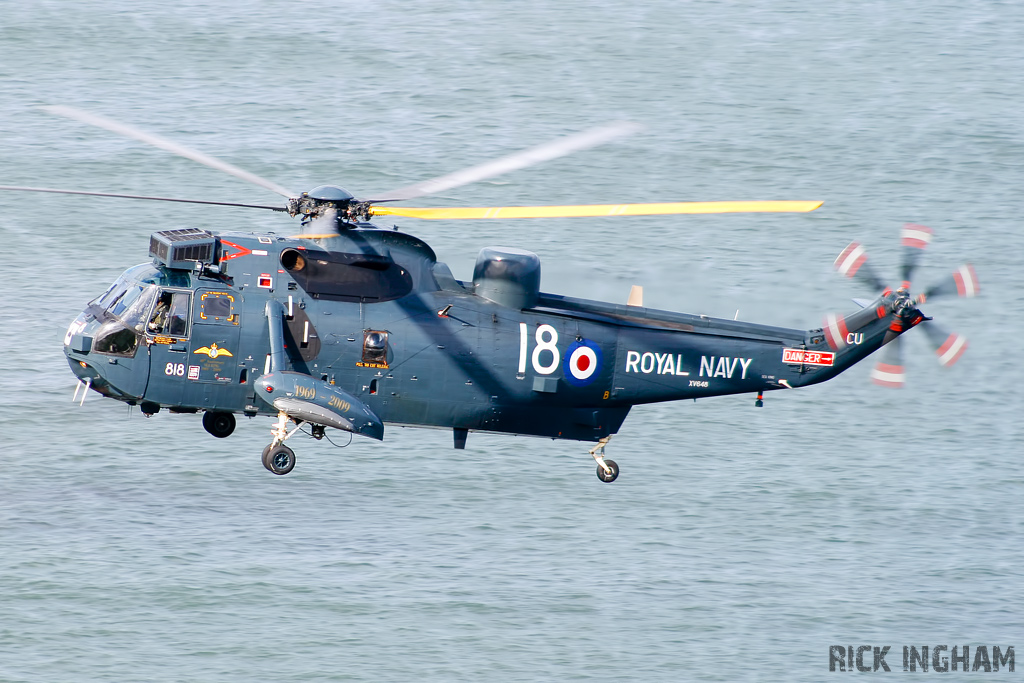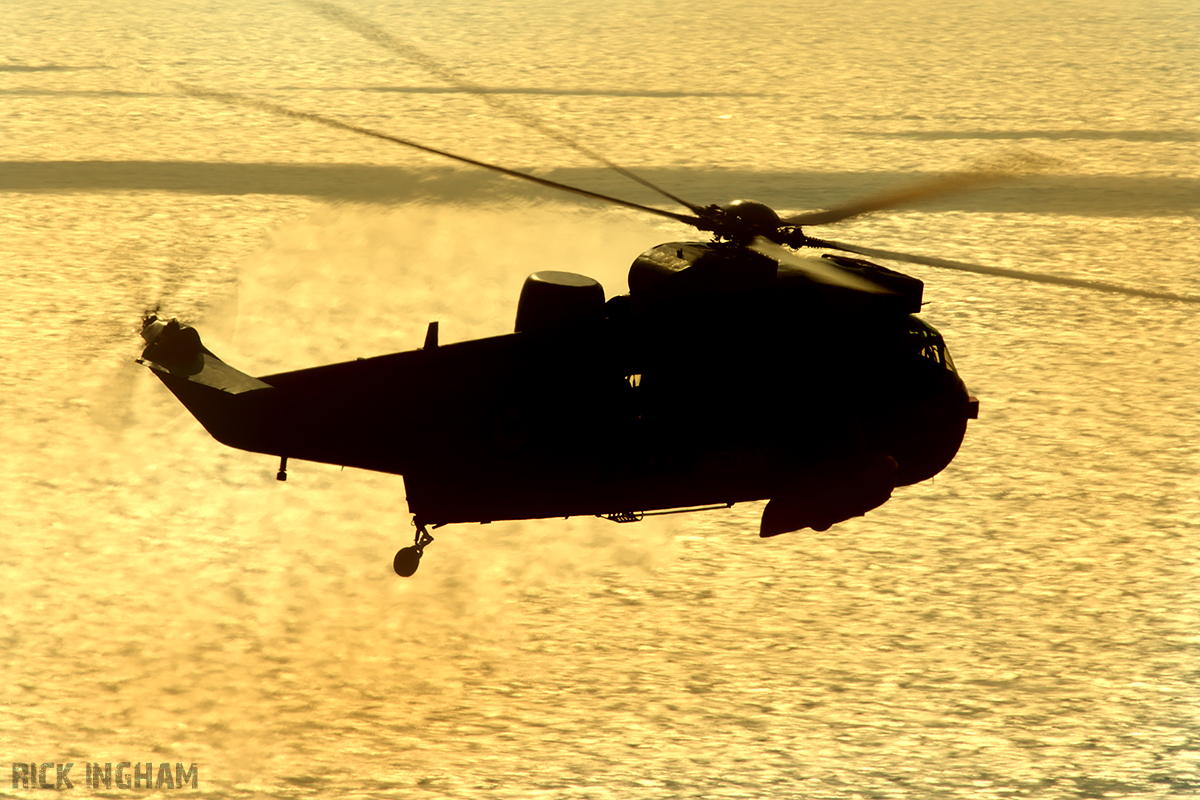If you have been to Cornwall on holiday, the chances are you would have seen 771 Naval Air Squadron’s unmissable red and grey Sea King HU5’s flying along the coastline.
They have become part of the furniture in Cornwall and it was no surprise to see so much support for them during the Squadron’s wind-down.
I spent their final 6 years of operations, covering their work and seeing how they kept their skills for rescuing people so sharp.
Before the squadron’s drawdown, 771 Naval Air Squadron operated with eight Sea King HU5’s; one being on 15-minute standby for a rescue and one to back the primary SAR cab up in the event there is a technical problem. The other six were either going through servicing or being used for currency training using the squadron’s “Sierra” callsign and then the airframe’s code. For example, ‘Sierra 16’.
When a 771NAS crew member is called up for SAR duty, they would be required to carry out a series of four or three days in a row, each shift lasting 24 hours. They would arrive at the squadron around 08:30hrs and complete the handover from the last crew ready to begin their shift at 09:00hrs.
The pilot would then work out the aircraft’s performance figures for that day and check the aircraft an paperwork to make sure everything is ready to go in the event of an emergency.
The co-pilot or captain would gather the weather data, diversion airfields, avoids placed on the area for that day and any tasking that need to be carried out.
Meanwhile the observer and winchman would go to the duty aircraft and check all the kit.
With their initial checks complete, a crew briefing is held, to give the crew the chance to update each other on the aircraft, weather, notices and to plan the daily 90-minute SAR Training sortie (SART).
The SART is a good opportunity for practicing, ticking off outstanding currency training and also means the helicopter is already airborne should a call come in. In 2012, Prince Harry was just returning from his SART sortie in North Wales with the RAF Search and Rescue, when a call came in about two young girls being swept away from a beach by a rip-tide. Because they had only just landed, it only took them 38 seconds to get to the scene where they found one of the girls exhausted and just going under the water for the last time. If the helicopter wasn’t running at the time, they would have never reached them in time. It’s because of this, NAVY 193 used to radio Kinloss Rescue and Falmouth Coastguard stating their intentions, their sortie training time and their endurance. Fairly often NAVY 193 would be asked be requested to help purely because it was airborne and faster than a lifeboat. 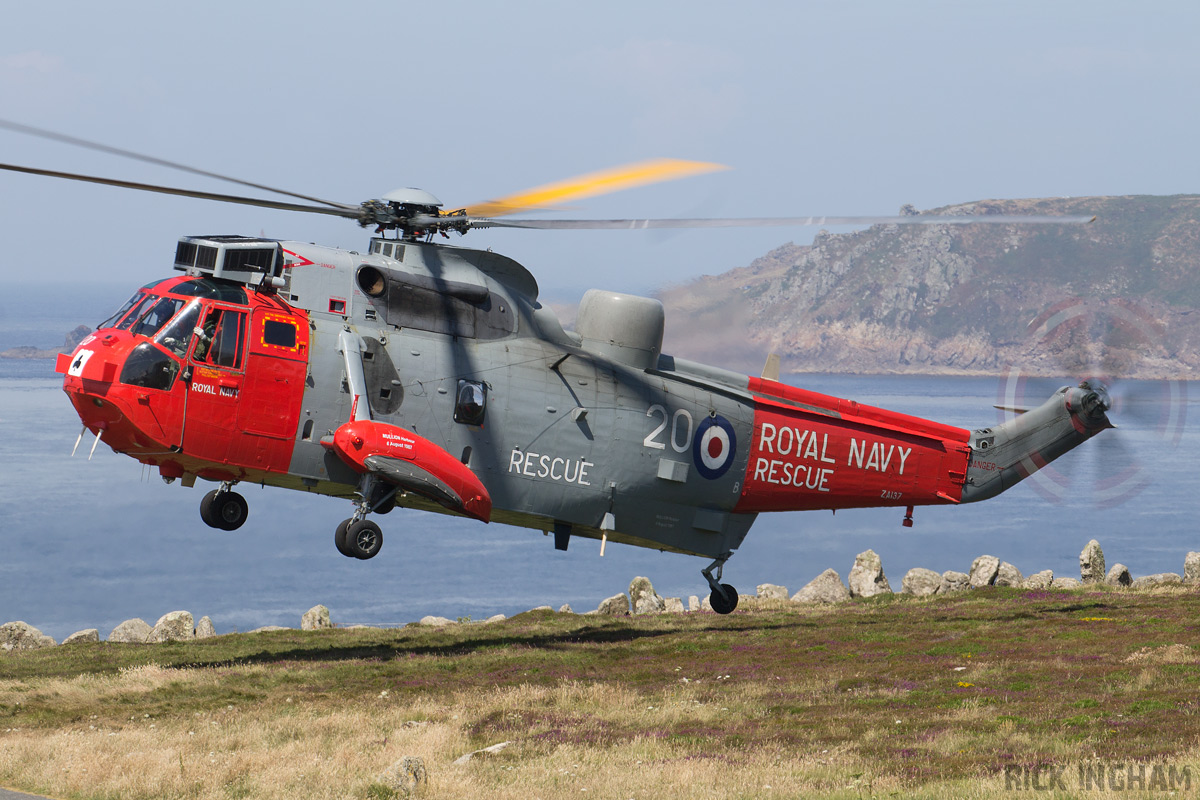
During the winter and on weekends the SART usually took place around 10:30hrs and in the summer around 13:30hrs – but as always with the military, timings regularly slipped. Also, if the crew were called out onto a rescue earlier in the day, they may elect not fly a SART sortie.
The SART flight, always using NAVY 193 callsign, usually departed out to Falmouth bay to work with the Navy’s winching boat Meon. 30 to 40 minutes was spent going through a series of winching techniques, the favourite being the highline transfer. This involves the Sea King lowering down a thin cable with a weight attached to it (to stop it blowing up into the rotors) which then a member of the boat then holds on to. The other end of this cable is attached to the helicopter winchman. The Winchman is then lowered down alongside the boat, avoiding the boat’s masts or antennas. The boat’s crew then pull the highline cable in, pulling the winchman with it and safely on the deck. This is one of the safest methods of transferring people from helicopter to boat and vice versa, but it does require a lot of skill to get right.
With boat winching ticked off, they then flew along the Lizard’s coast an regularly dropping into a place known as Dean Quarry. This was an old quarry which had finished production, leaving some amazing platforms and clearings for helicopters to practice Confined Area Landings (CALs). Two aircraft a day are allowed in the quarry for up to 30 minutes and to be avoided on weekends. Because of the local housing, and related complaints – quite often the crew choose to bypass the quarry and carry on down the coastline.
So with boat winching and CALs ticked off the currency training next up was winching. Due to the rocky and unpredictable nature of the Cornish coastline, it may be hard to reach a casualty. One method they use is cliff walking, which a winchman is lowered to the top of a cliff line and basically walks backwards down the cliff, almost abseiling. The pilot then flies the helicopter along at the same speed the winchman is walking down. The skill here is that the pilot may not be able to see the winchman so requires the observer to talk the pilot to his position.
The third type of winching needed to be practiced is picking somebody out of the water. Occasionally people in submersion suits or survival gear are dropped into the sea to be picked up but usually it’s a lot quicker and safer to drop an object in the water to retrieve. A grapple, is a metal cross with rope strung around it like a spider web to make it easier for the winch hook to pick up. The skill here is for the pilot to maintain a hover with no ground references other than moving waves and for the crewmen down the bike to talk the pilot on to the position of the grapple.
Slightly different from CALs, saddle landings also need to be practiced due to Cornwall’s unpredictable and hilly terrain. Perhaps a unique feature to flying in Cornwall. Gurnards Head near St Ives is a favourite for practicing this, with some very nice rocks behind it to also practice winching.
Another good area for this was the headland at Helzephron only a mile or so from Culdrose. A very thin and sloped area that made landing very tricky. During my time there with 771NAS I got lucky with the wind direction was meant they had to land only the front two wheels on and keep the tail airborne.
With the 90 minutes up NAVY 193 would return to RNAS Culdrose and the crew straight into a debrief to talk about the strengths and weaknesses of the sortie and for the crewmembers to pass on and experience to help. To pass time in the crew room, the crew would play a game of ‘Cameroon’s to decide who was paying for dinner in the mess.
Should a rescue come in, during the day they are required to be airborne within 15 minutes. Their NAVY 193 call sign becomes RESCUE 193. Usually the pilot would run out to flash the cab up and make sure it’s running 100% with no problems and no need to shut down and start up the backup helicopter.
When the rest of the crew have all the location and casualty details, they head out to the aircraft.
Following a radio check with ‘Club House’ the 771NAS Ops frequency they taxi out for an immediate departure. Once airborne they would contact Kinloss Rescue (responsible for UK Search and Rescue coordination) and Falmouth Coastguard telling both they are airborne with 4 POB (Persons on Board), their endurance with the current fuel on-board, where they were going and requesting any up to date details.
During the evening and after their meals, the crew would then brief for a night SART sortie. Basically repeating the types of training done in the daytime but at night and under night-vision goggles (NVG’s).
With that training complete, they bed down at the squadron’s sleeping quarters – still on 45 minutes notice to scramble if an emergency comes in. In the morning, the cycle starts again – the crew hand over to a fresh new crew to begin their 24 shift and go home ready for their second shift the next morning.
01.02.2014 – MV Le Sillon
During the big storms on 1st February 2014, RESCUE 193 was called to a French fishing vessel ‘Le Sillon’ that was being battered on rocks just off Trevose Head, Padstow. Lieutenant Commander Paul Robertson winched down Petty Officer Russell Adams to pick up the four crewmembers. PO Adam’s was dragged through the swell and fought his way to the deck and organised the recovery of the crew. After winching up the casualty, Lt Cdr Robertson noticed PO Adam’s vomiting on the salt water he had ingested and was clearly exhausted. Despite this, he set up to be lowered back down for the fourth casualty and then continued to give them treatment on the way back. Petty Officer Russell Adams was awarded The Queen’s Gallantry Medal for his efforts.
31.12.2009 – MV Trevessa
On New Year's Eve 2009, Rescue 193 was scrambled from RNAS Culdrose. After a very quiet seven-hour period of their duty shift, a call came in to assist a middle-aged female casualty with a suspected cardiac arrest at Porthtowan, Cornwall. During the flight to the casualty the crew received a mayday distress call from a fishing trawler named 'Trevessa'. They were caught up in rough seas 50 nautical miles south west of the Isles of Scilly after a fire had spread through the vessel, disabling the steering, and, as a result, the four-man crew of the trawler had decided to abandon ship. When 193 arrived on station, they found the situation to be a lot worse than expected.
The trawler’s crew had inflated their life raft but it was still attached to the vessel, semi-submerged and unusable, leaving them stranded aboard a burning ship, forced to the last three to four feet of the stern as the fire spread.
The trawler's deck was full of dangerous fishing equipment and the masts made any winching a very dangerous task. The crew however, chose to attempt the rescue and Petty Officer Aircrewman Dian ‘Cags’ Lacy was lowered down to start a hi-line transfer.
On Lacy's first attempt, he managed to hook the heels of his boots over the guardrail of the trawler and from there he desperately tried to heave himself onto the deck, however a heavy swell caused the trawler to pitch down and he fell backwards 20 feet into the icy waters of the Atlantic.
POACM Lacy later told the BBC:
"I entered the water and can remember vividly looking up and seeing the greeny glow of the aircraft lights above me...In my headset I could hear someone onboard saying I was underwater. It was quite surreal."
Lacy was recovered back into the helicopter. Despite his ordeal, he chose to go back down for a further attempt to board the vessel and, after crew consultation, the aircraft was positioned for a second attempt.This time a successful hi-line transfer was conducted and, despite the heavy and unpredictable roll of the vessel, PO Lacy co-ordinated the safe evacuation of all four trawlermen from the stern which took some 50 minutes in the appalling conditions.
All four members of Rescue 193 - Lieutenant Commander Martin Shepherd (pilot), Lieutenant Commander Steven Hopkins (pilot), Lieutenant Alex Stevenson (observer and winch operator) and Petty Officer Aircrewman Dian (Cags) Lacy - were awarded the Edward and Maisie Lewis Award from the Shipwrecked Fishermen and Mariners’ Royal Benevolent Society which is presented to crews for outstanding rescues an PO Lacy has since been awarded the Queen’s Gallantry Medal.
18.01.2007 – MSC Napoli
On the 18th January 2007, MSC Napoli, a container ship was battered by a severe gale force wind and huge waves which caused serious damage to Napoli's hull, including a crack in one side and a flooded engine room. When the ship began to list to one side the order was given to abandon ship which led to all 26 crew deploying on to a small life raft. Rescue 193 and Rescue 194 scrambled from RNAS Culdrose to rescue them.
During the rescue, Rescue 193's winch line and it's back up both snapped which led to back up helicopter Rescue 194 to conduct the pickup operation. Petty Officer Aircrewman Jay O'Donnell was lowered down onto the rolling raft where he found the crew in a bad way suffering from hypothermia, sea sickness and even dehydration from overheating due to the immersion suits. O'Donnell remained on the raft, which was being battered from the waves until all the crew were onboard the aircraft. POACMN O'Donnell received the Queens Gallantry Medal for his actions.
16.08.2004 – Boscastle Floods
On Monday, 16 August 2004 the village of Boscastle, Cornwall suffered extensive damage after flash floods caused by an exceptional amount of rain that fell over eight hours that afternoon. 75 cars, 5 caravans, 6 buildings and several boats were washed into the sea; approximately 100 homes and businesses were destroyed; trees were uprooted and debris were scattered over a large area. In an operation lasting from mid-afternoon until 2:30 AM, a fleet of 7 Westland Sea King helicopters from both 771NAS from RNAS Culdrose and cabs from Chivenor rescued about 150 people clinging to trees and the roofs of buildings and cars. No major injuries or loss of life were reported. Lt Cdr M Ford received the AFC and WOACMN R Yeomans received the Queen’s Gallantry Medal.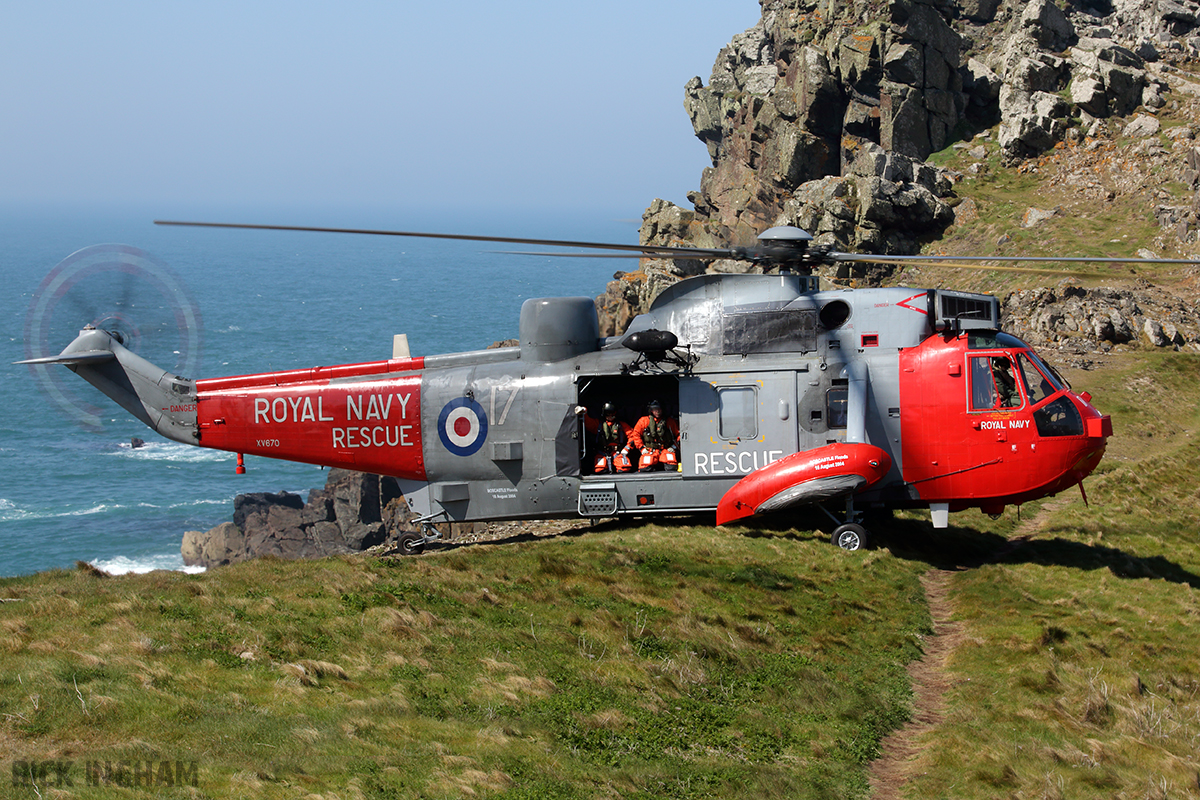
25.10.1992 – MV Igloo Lion
On the 25th October 1992, merchant vessel 'Igloo Lion' found itself trapped on mountainous waves heading for rocks 5nm north of Guernsey.
The crew were exhausted and were unable to talk to Rescue 192 who had responded to their request to be airlifted to safety.
The deck was too small to safely winch the crew out, and was barely lit. Lieutenant Michael Ian Phillips Langley who was flying Rescue 192 decided the only possible way was to winch the crew from the top of a stack of pallets. Langley had to position the aircraft sideways across the deck, which is a dangerous situation in the best of weather - let alone at night in a storm! The winching went on for an agonising 40 minutes which involved flying very close to the swinging mast on the boat which was rolling and lurching violently. At one stage a rotorblade hit an antenna on the mast. Lieutenant Langley was awarded the Air Force Cross for his immense skill in a situation where he had barely any visual references. Petty Officer Aircrewman Adrian Rogers, who was the winchman was also awarded the Air Force Medal.
12.08.1992 – Yaught Sandpiper
On the 12th August 1992, 771NAS were called out to a yacht named 'Sandpiper' that was drifting towards the infamous Kimmeridge Ledges 15 miles east of Weymouth in storm force winds. The duty Winchman, Leading Aircrewman Brian Buggins, was lowered down to the vessel where he noticed the skipper had a head injury and was very frightened. Buggins took over control of the yacht and battled against the huge waves whilst the skipper secured the mast for well over 30 minutes. Buggins then secured a toe-line to the vessel before sorting out the rescue effort.
The skipper's wife was winched up to the Sea King successfully but during his winch up a large wave hit the boat and sent him overboard.
Buggins jumped into the rough sea without hesitation and grabbed the skipper before signalling to the helicopter to pick them up. LACMN Buggins was awarded the Queen's Gallantry Medal for the rescue.
30.08.1992 – Yaught Sine Seorra
Around 01:00hrs on 30th August 1992, a 52 foot yacht names "Sine Seorra" got into difficulty during a Force 9 gale 30nm from Guernsey.
Duty Crewman Leading Aircrewman Ian Chambers was winched down to primarily extract the two casualties that had been hurt when the yacht's mast snapped and landed on top of the wheelhouse. Due to the second casualty being below deck, it took over an hour to complete the extract. Once the aircraft had conveyed them to a hospital in Guernsey, Rescue 193 returned to the yacht to pick up the remaining crew by winching LACMN Chambers down a further 3 times despite being very fatigued. The entire rescue was just over 5 hours! Chambers was awarded the Air Force Cross (AFC) for his bravery and determination.
28.10.1989 – MV Muree
On the 28th October 1989, Pakistani shelter deck ship MV Muree sank 22 miles south of Start Point in gale force 10 conditions after containers became dislodged and damaged her hull. Her 40 sailers were winched aboard in terrible conditions and led to POACMN D Wallace and SW Wright received the George Medal.
12.03.1989 – MV Ivan Antonio
On the night of the 12th March 1989, Rescue 193 was called out to a sailer with a broken soldier onboard Spanish trawler Ivan Antonio, 185 miles south-west of Lands End. Due to the 60mph winds nobody could be winched down but Chief Petty Officer Aircrewman Julian Grinney volunteered to be lowered down and successfully retrieved the casualty. During the rescue Grinney made contact with the side of the ship and narrowly missed the mast. Just as the aircraft recovered to RNAS Culdrose, another call came in. This was to assist Korean MV Secil Japan, which had hit rocks near 'Hells Mouth' near Gwithian, Cornwall. Grinney was happy to continue despite knowing he may have to enter the swell around the rocks. CPOACMN Julian Grinney received the Air Force Medal.
06.08.1986 – Mullion Harbour
On 6th August 1986, Leading Aircrewman Penhaligon was the duty diver of a dedicated Search and Rescue Wessex scrambled to assist two boys swept into the sea from Mullion Harbour wall.
The helicopter arrived with 300 feet visability, wind gusting 50 knots and waves up to 20 feet. It was determined that one of the boys was still lost within the confines of the harbour walls, so Leading Aircrewman Penhaligon jumped into the swelling harbour waters to begin an underwater search - knowing that the helicopter would not be able to remain overhead due to the weather. After 3 minutes, he surfaced to indicate there was zero visibility in the water and continued to search just under the surface. For more than 20 minutes he searched in atrocious stormy waters, only surfacing to get his bearings.
A call then came in from the coastguard who had sighted clothes riding the 70 feet high waves at the mouth of a cave in a gully. Penhaligon directed the pilot to reverse into the gully, still battling the 50 knot gusts and keeping the tail rotor just feet away from the cliffs. Once lowered down towards the water, he continued to direct the pilot closer via radio comms for another 10 minutes before a message came in reporting a body had been washed up in the harbour. Penhaligon was yet again winched down and began CPR on the boy. Despite his best efforts, the boy died.
Leading Aircrewman Penhaligon was awarded the Queens Gallentry Medal for his efforts.
Standing down
On 26th March 2013 it was announced that US company Bristow would take over UK Search and Rescue (SAR) cover from 2015. From a Navy point of view, 771 NAS would be taken over by 2 x Sikorsky S-92 helicopters at a new base built at Newquay Airport and 2 x AgustaWestland AW189’s would take over 771’s ‘HMS Gannet’ flight in Scotland. From 2013 onwards it was a gradual reduction in crews and airframes. Many crews converted to the Merlin HM2 helicopter remaining at Culdrose, others would go to 849NAS flying the Sea King ASaC7, or the Merlin HC4 at Yeovilton.
771 Naval Air Squadron and it’s Gannet Flight in Scotland steadily withdrew the Sea King HU5 in the following order:
XV699 - 30/01/2013
XV648 - 2013
XV661 - Late 2014
XZ578 - 17/11/2015
ZA137 - 25/11/2015
ZA166 - ??/12/2015
ZA134 - 20/01/2016
ZA130 - 09/02/2016
XZ920 - 11/04/2016
XV666 - 11/04/2016
XV670 - 11/04/2016
XV647 - ??/03/2016 Prestwick? now gosport
ZA167 - ??/03/2016 – Gosport
XV673 – Remaining as RNAS Culdrose gate guard
In 771’s 42 year history of Search and Rescue, the final totals are thought to be around 9000 rescues and over 15,000 lives saved, although records were only kept after 1980. Therefore, when the time came to stand down Royal Navy SAR, the population of Cornwall came out in their thousands to wave off 771NAS. On 21st May 2015, the squadron flew six aircraft on a farewell flight, taking as much of Cornwall as possible, including; Land's End, St Ives, Newquay, Truro and and Falmouth.
On 31st December 2015 the final shift of Royal Navy Search and Rescue, made up of 771 NAS’s Commanding Officer Lt Cdr Richard Calhaem, Lt Cdr Andrew 'Tank' Murray, Lt Jonathan 'Stretch' Hounsome and WO Andy Penrose completed the final set of SAR duties, handing over responsibility to Bristow based at Newquay Airport. The squadron then continued to fly as an operational squadron, conducting aircrew currency flights until the 23rdMarch 2016, when 771 Naval Air Squadron formally disbanded, ending the story of one of the most interesting squadrons in British history. The unit’s story began in 1939 as 772NAS, a trials squadron flying 68 different types of aircraft. Half the squadron then moved to RNAS Culdrose in 1974, forming 771NAS to conduct Search and Rescue with the Wessex helicopter an then on to the Sea King. 15,000 people owe their lives to the courageous men and women that served on the squadron. 771’s squadron motto was “non nobis solum” which means 'for the greater good'.
It’s been an absolute privilege to have been able to do so much with 771 Naval Air Squadron over the last few years of their operations. A big thank you to Lt Cdr Andy Watts, Lt Cdr Rick Boyes, Lt Cdr Paul Robertson, WO Andy Penrose, Lt Alex Lockett, Lt Jon Hounsome, PO Alan Speed, Kapitänleutnant Steffen Volkwein and many others who made these images possible.


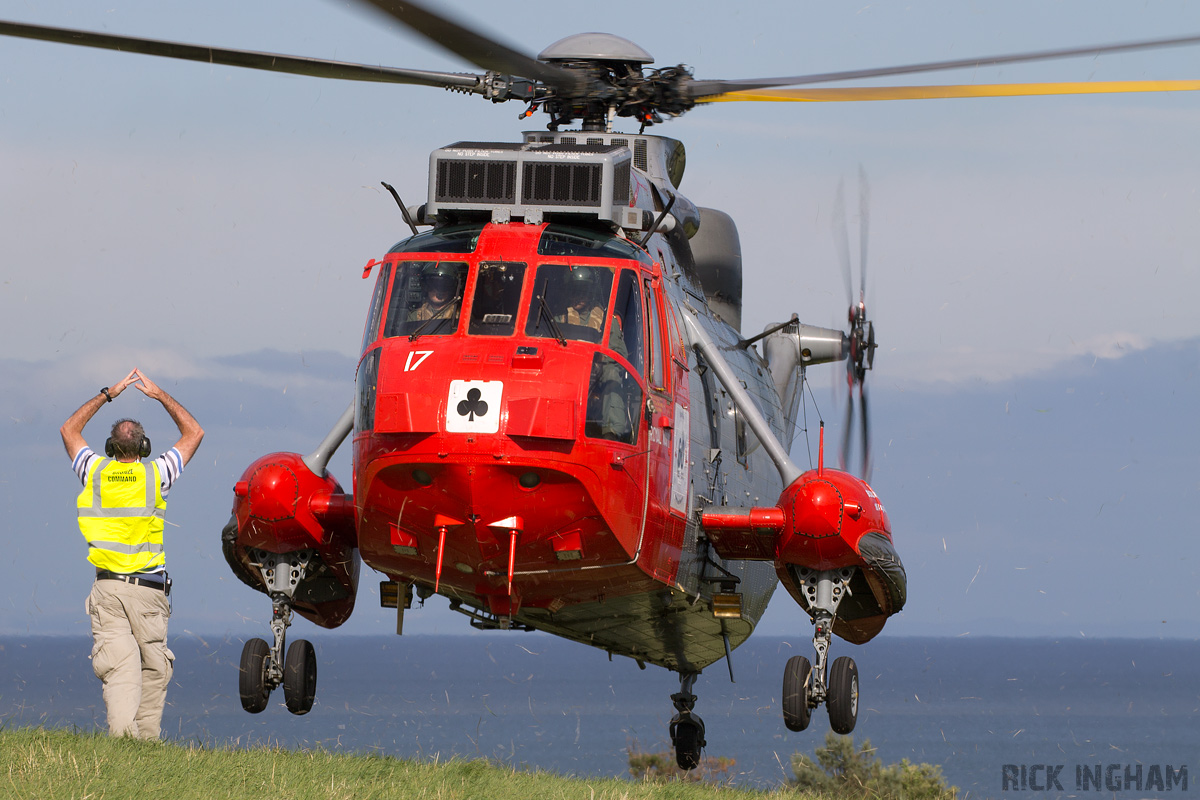
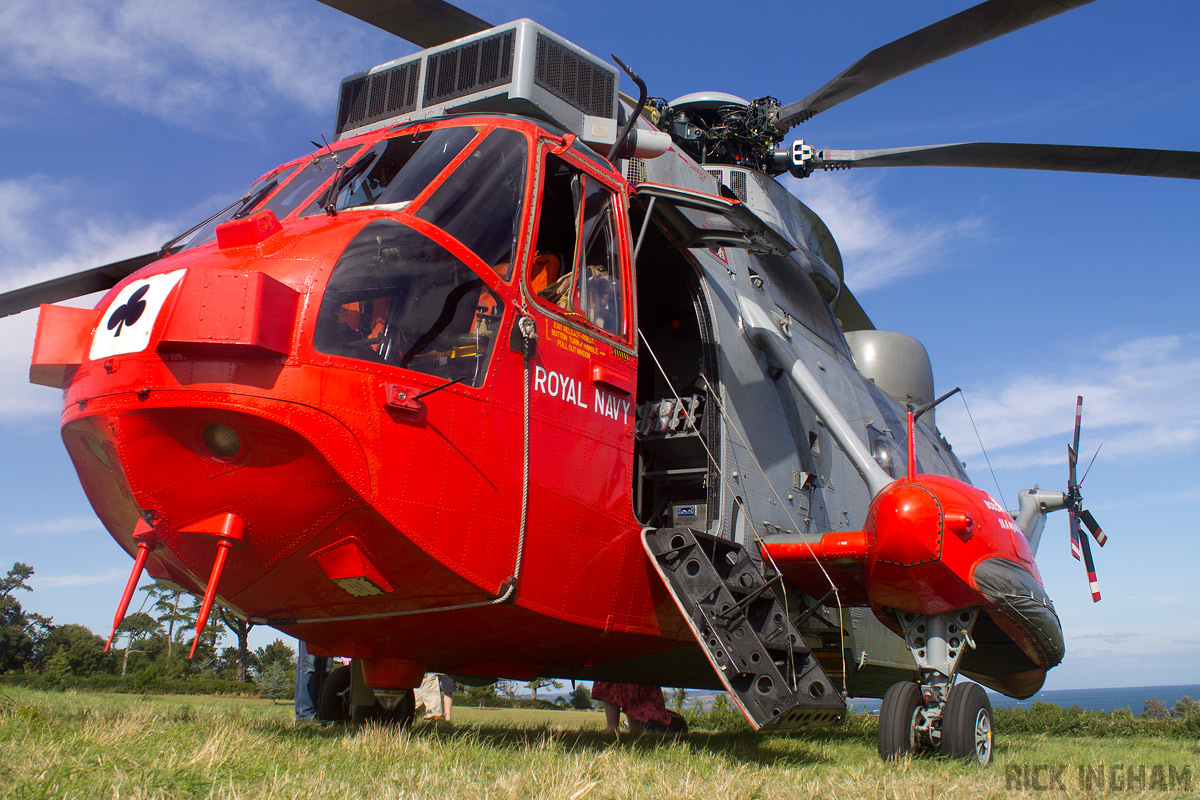
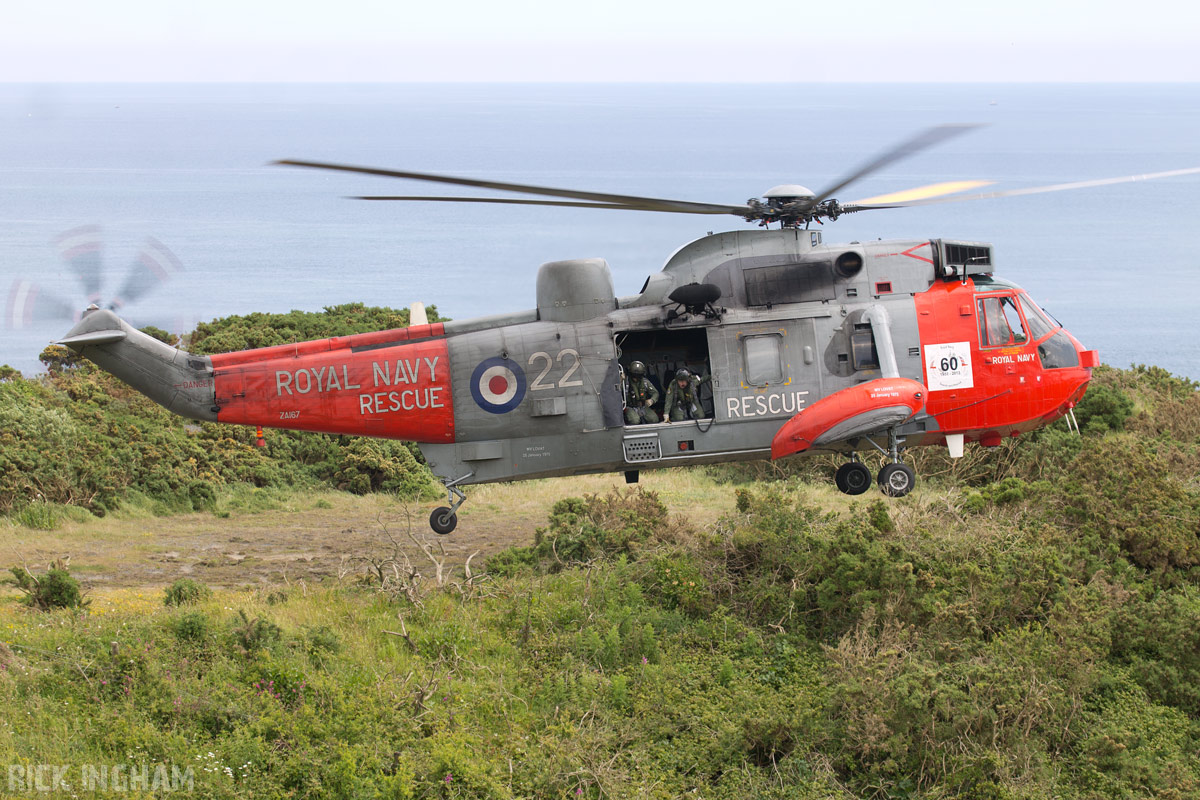
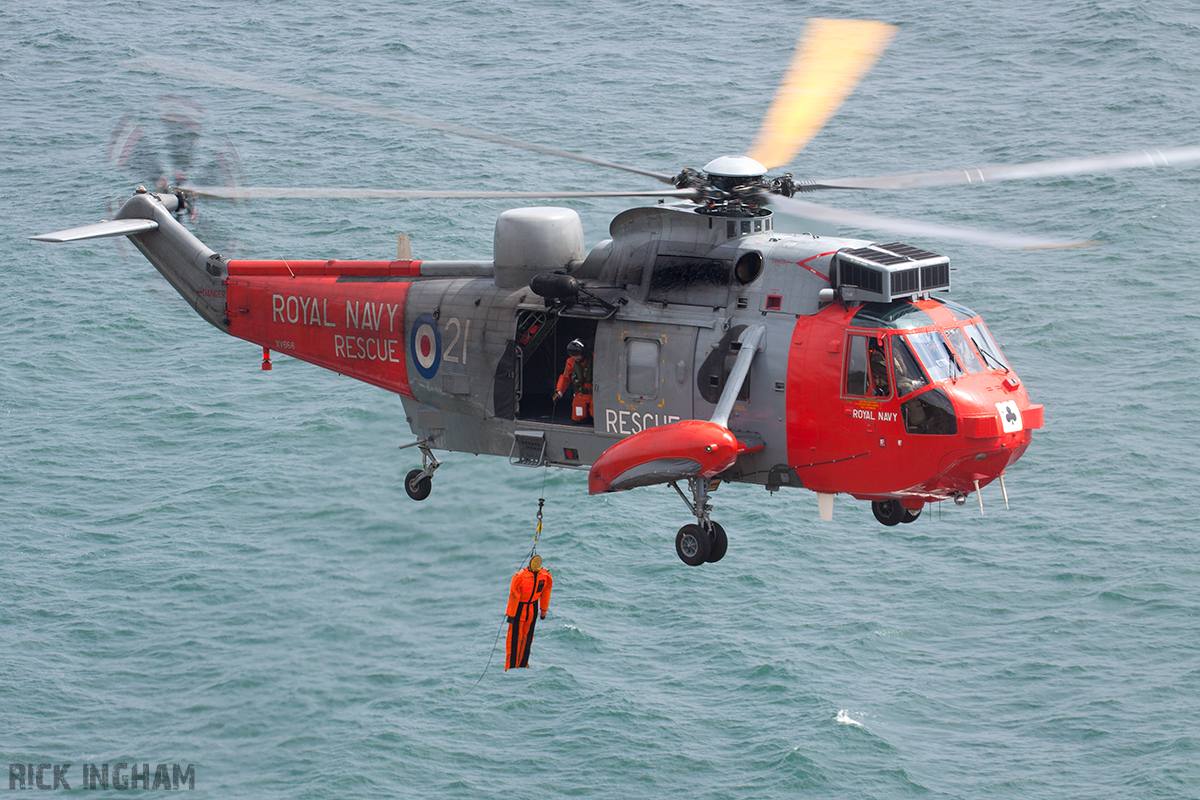
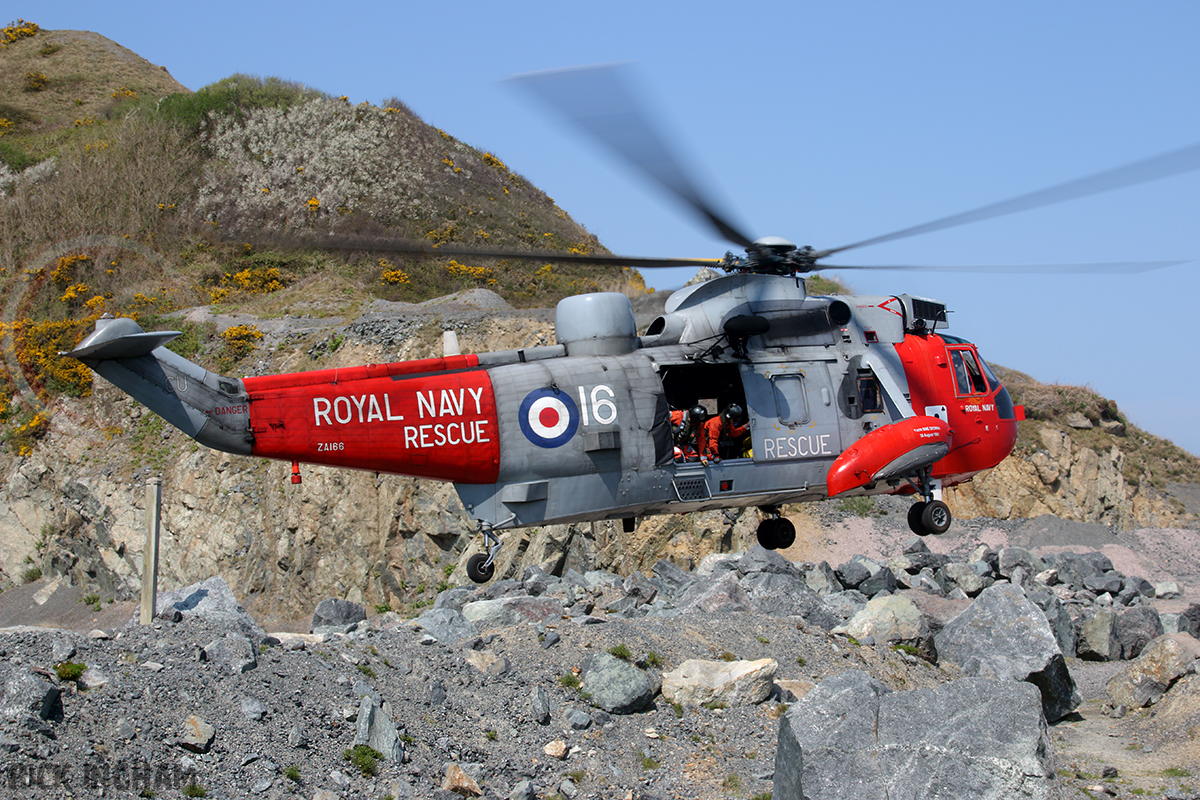
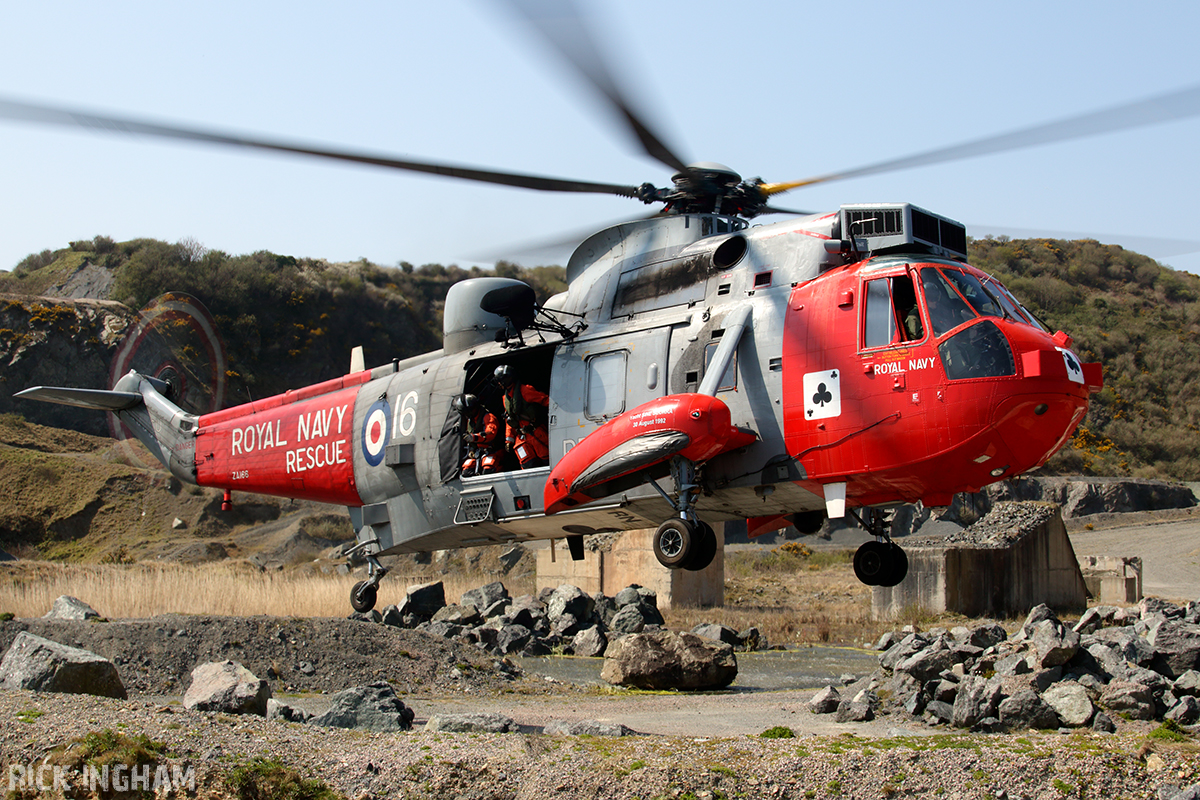
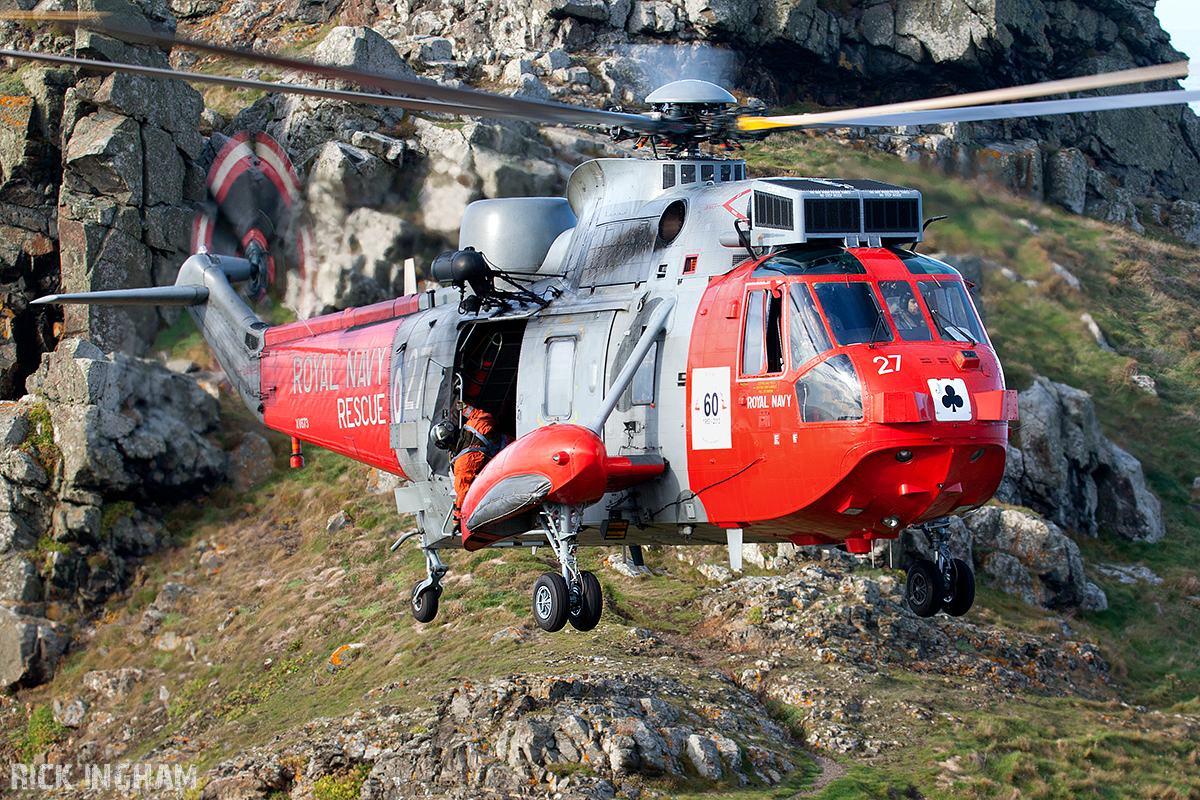
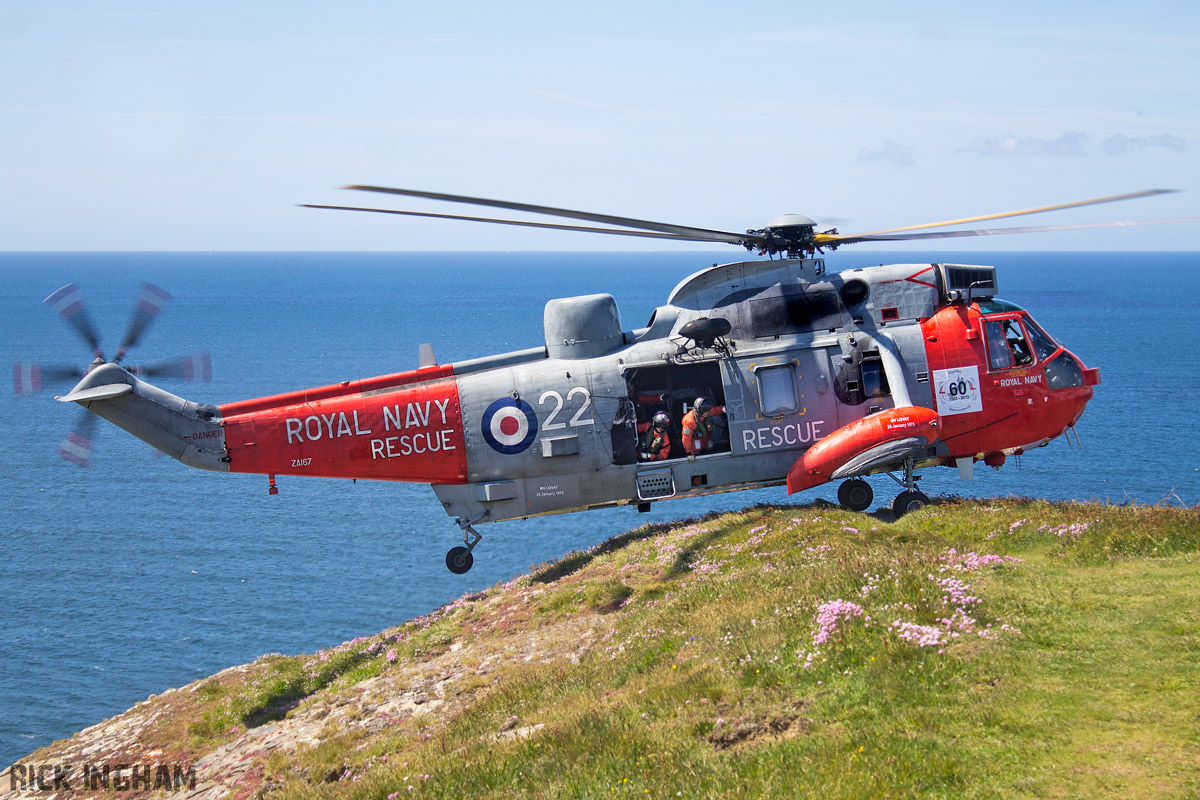
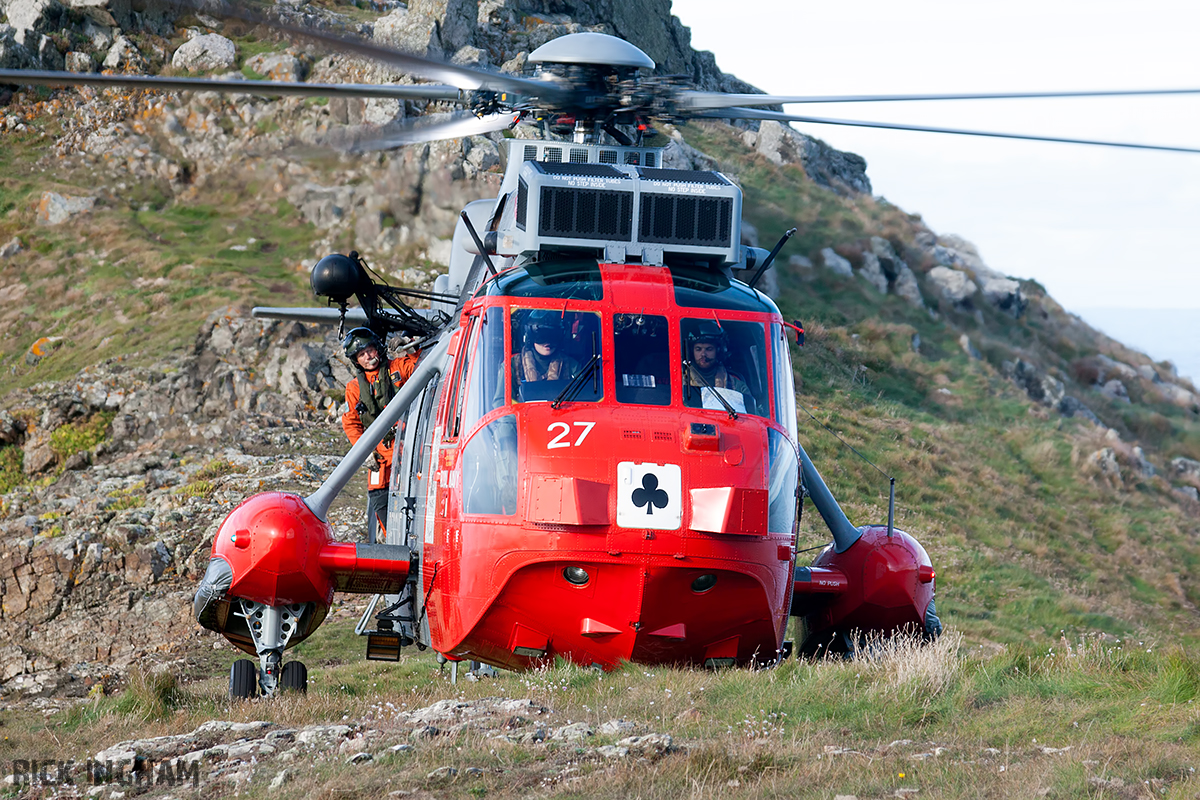
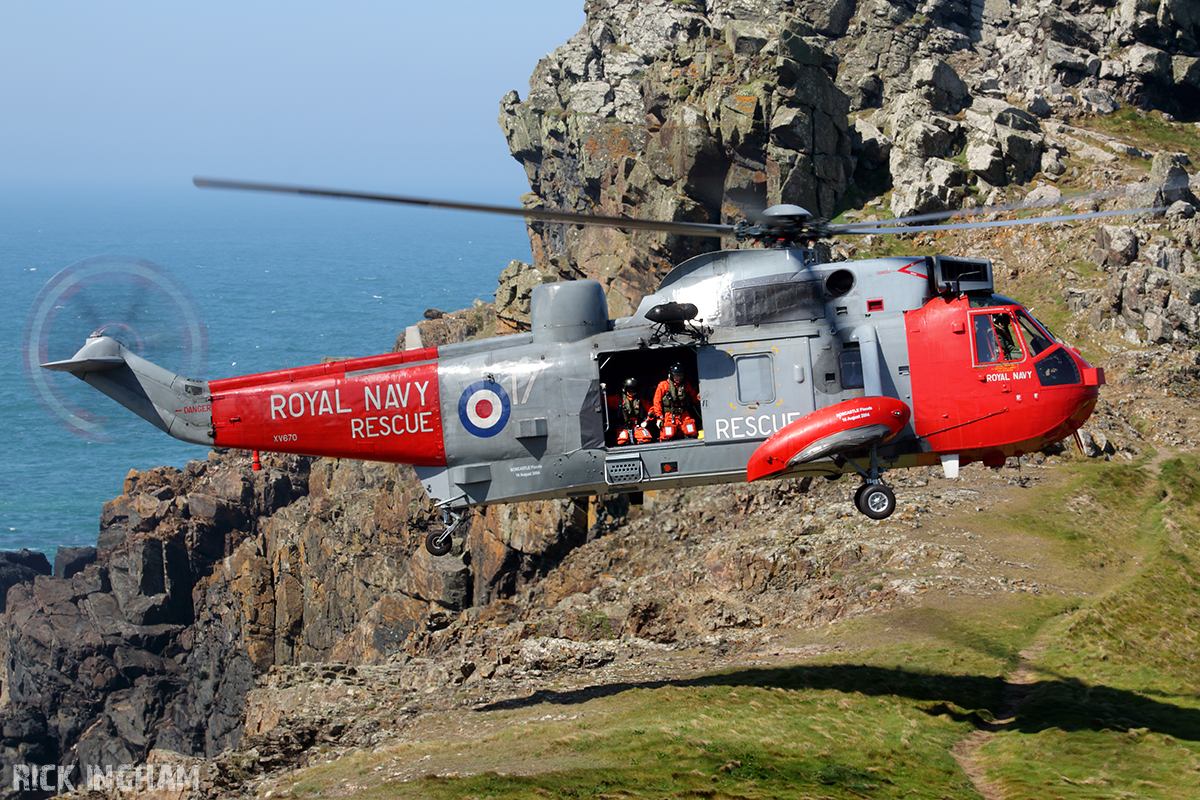
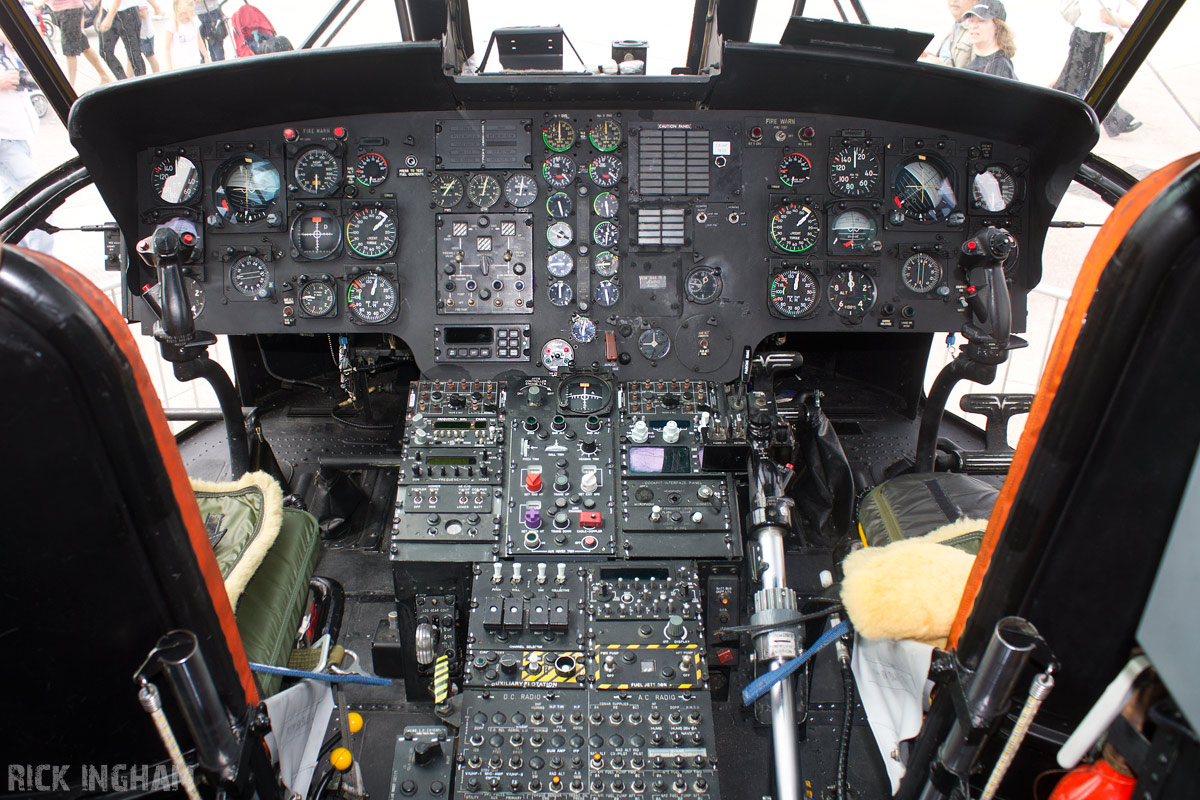
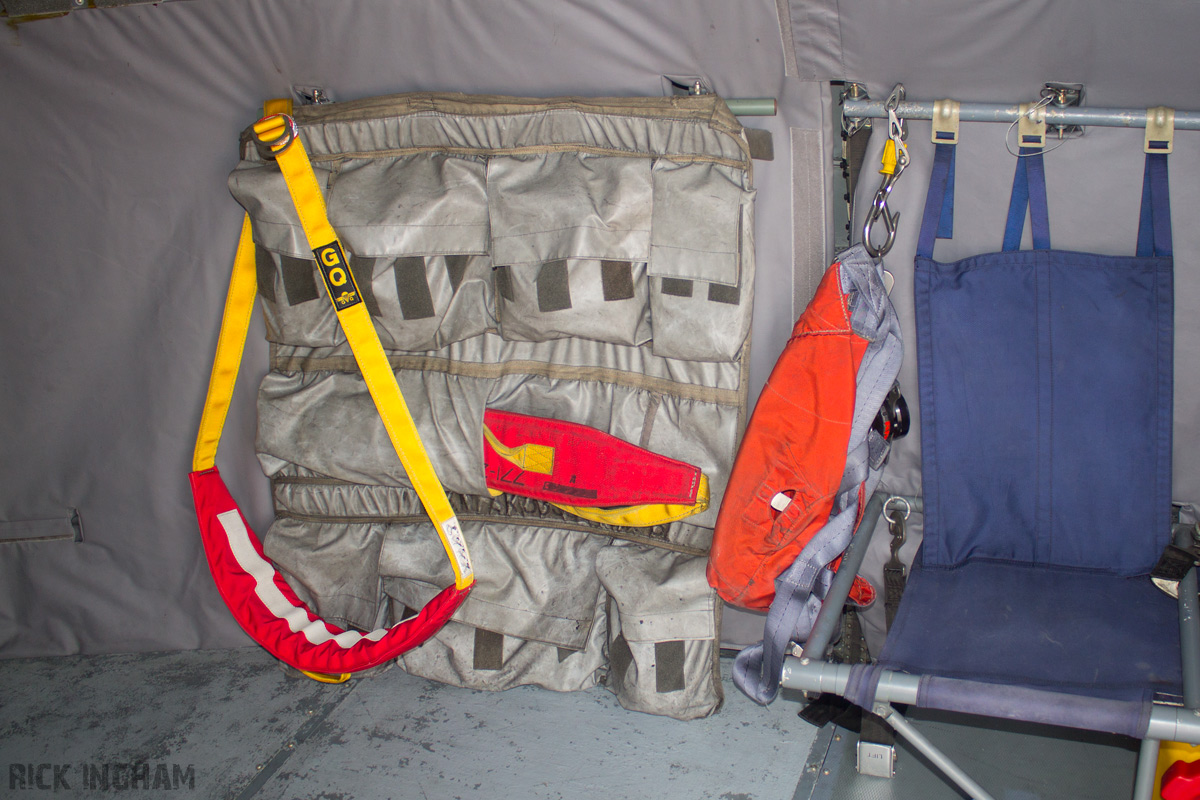
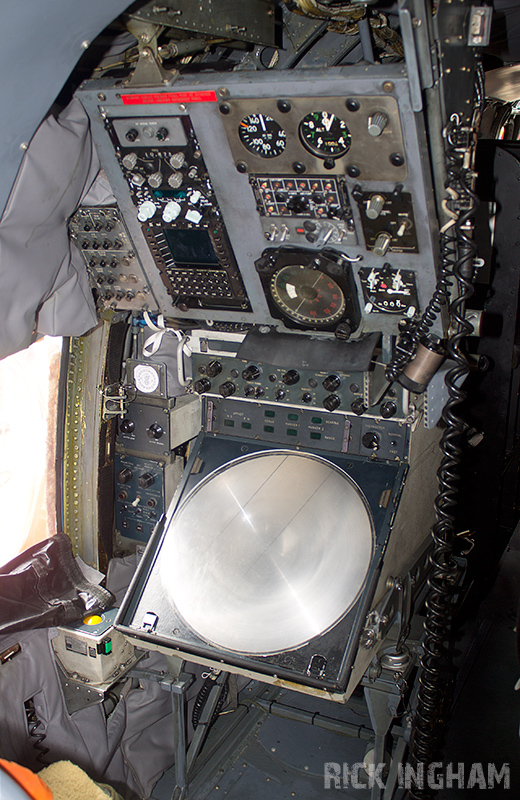
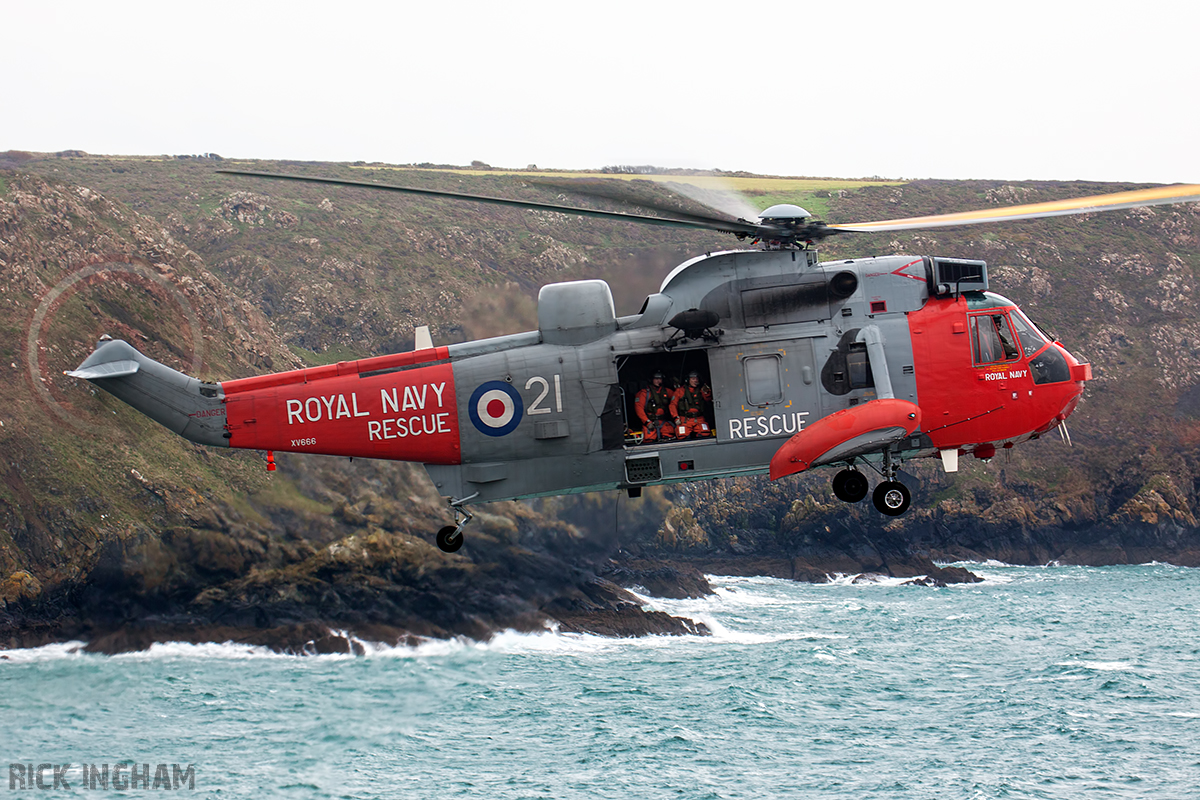
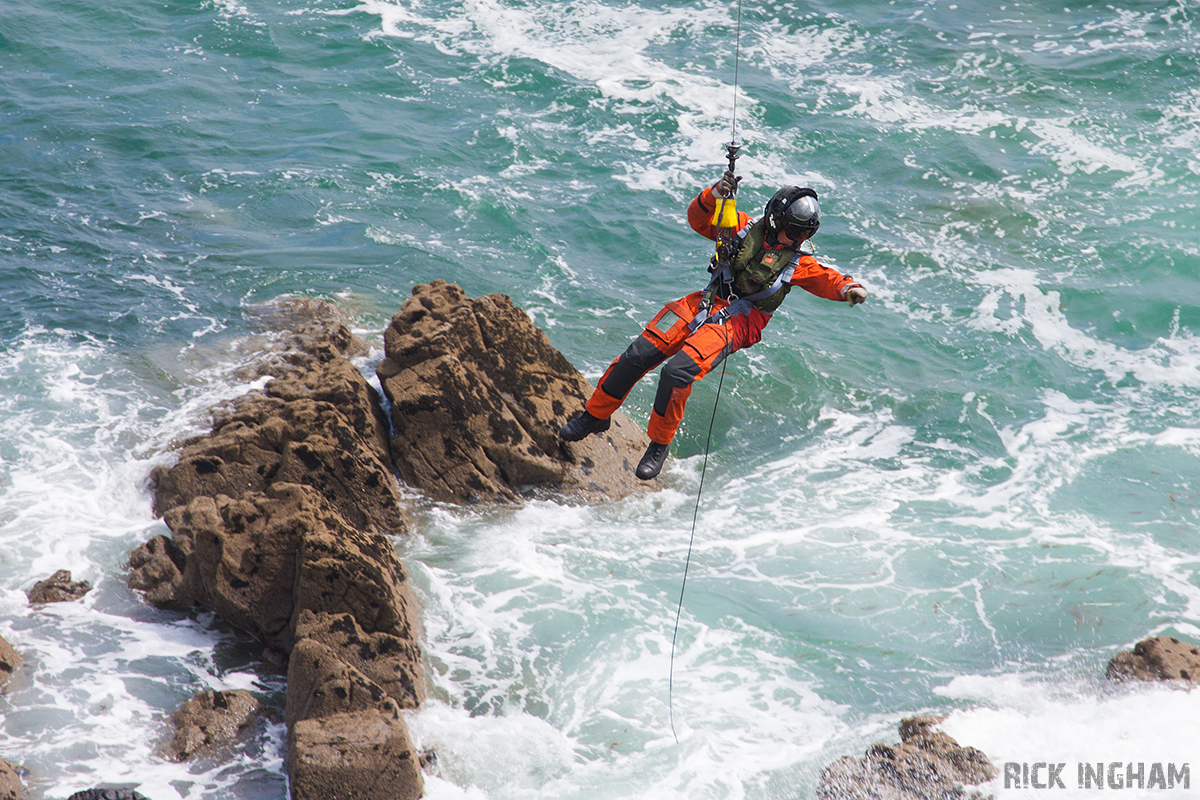
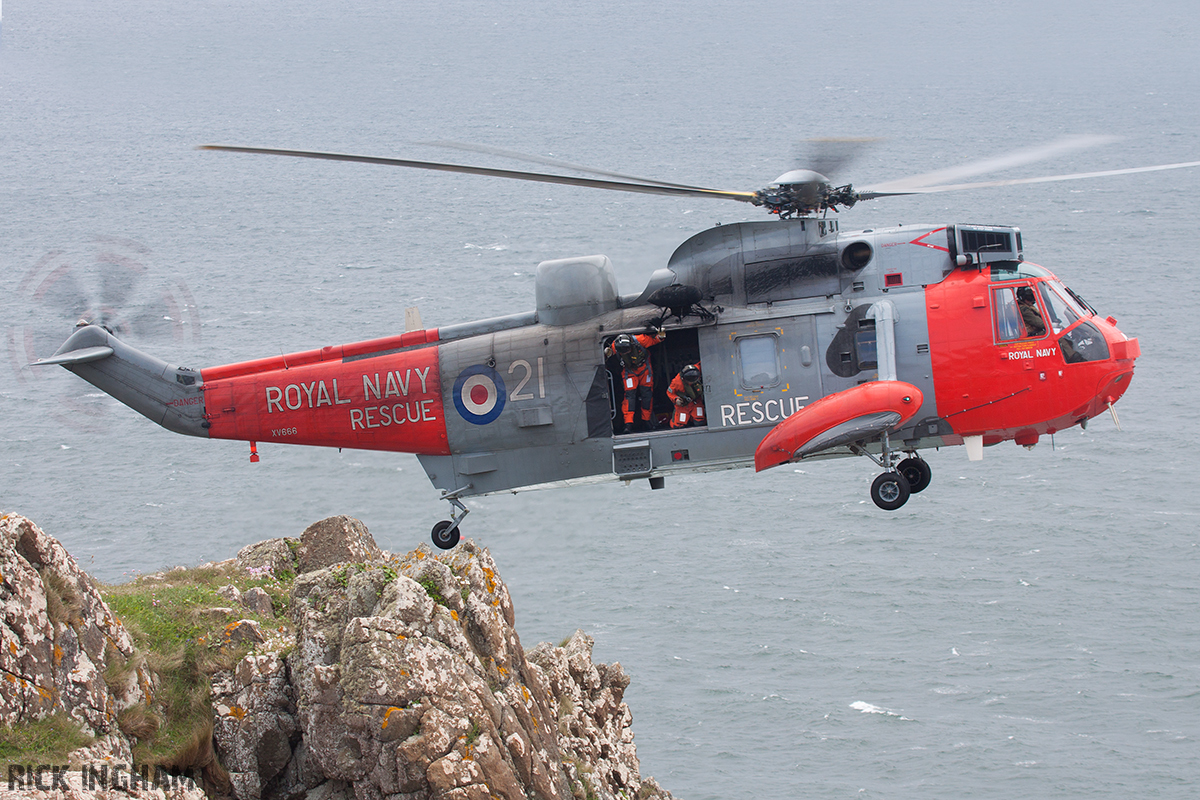
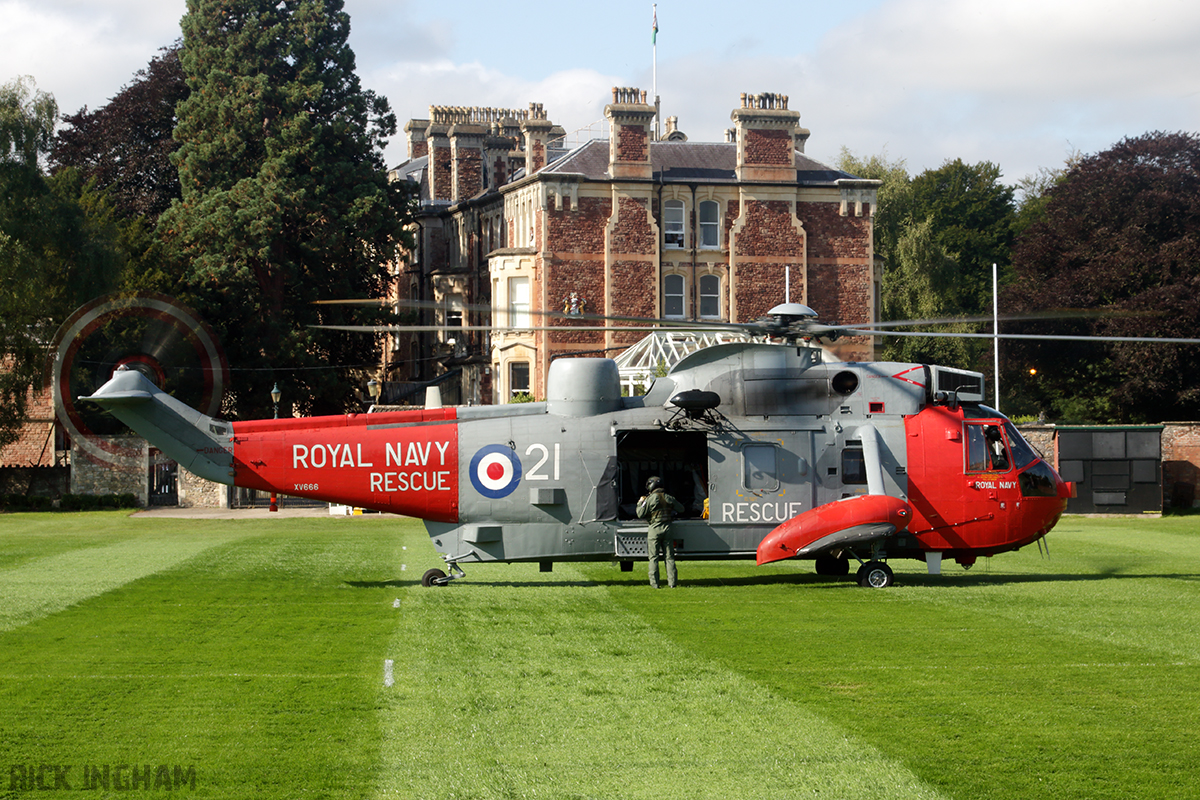
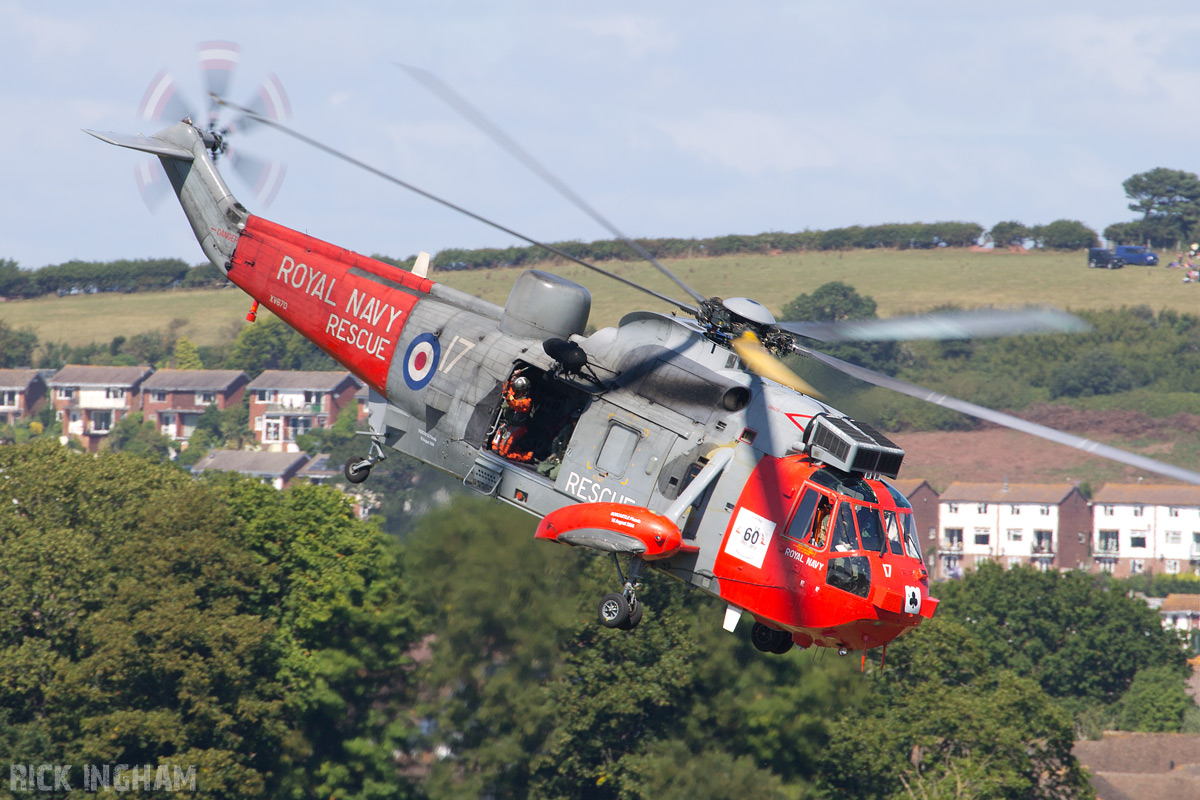
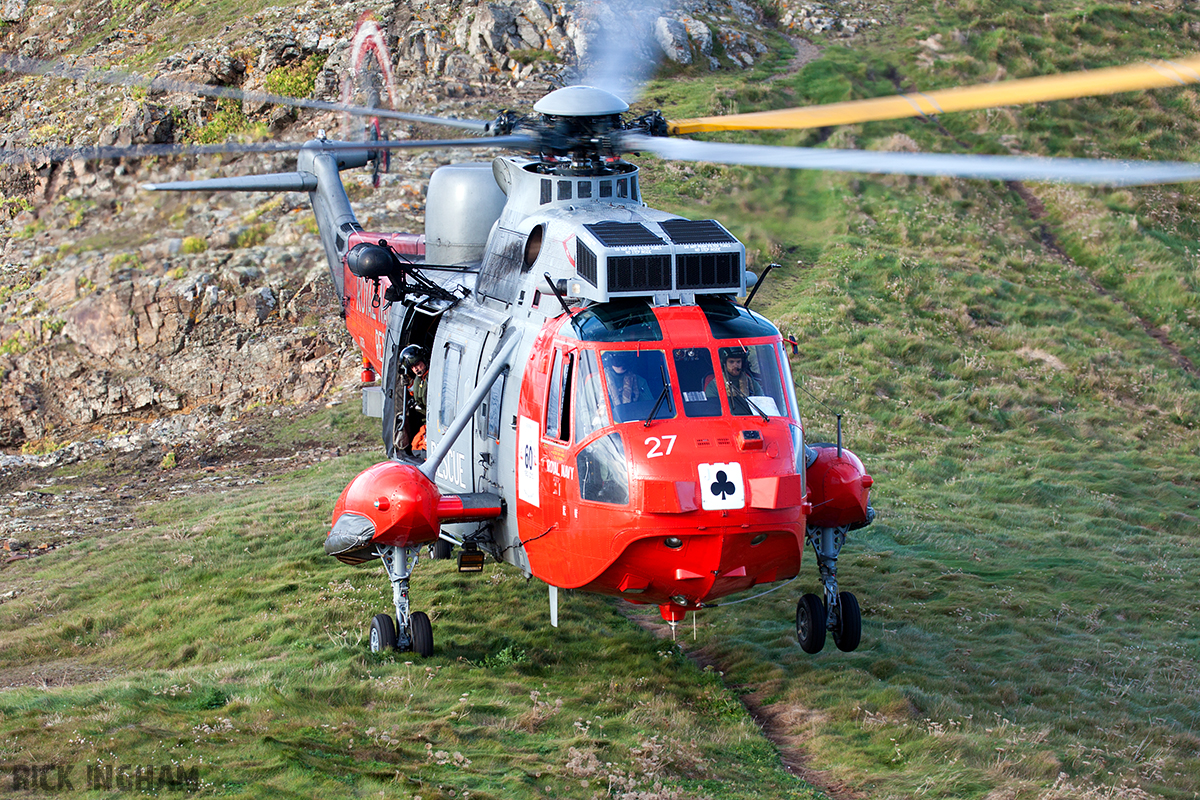
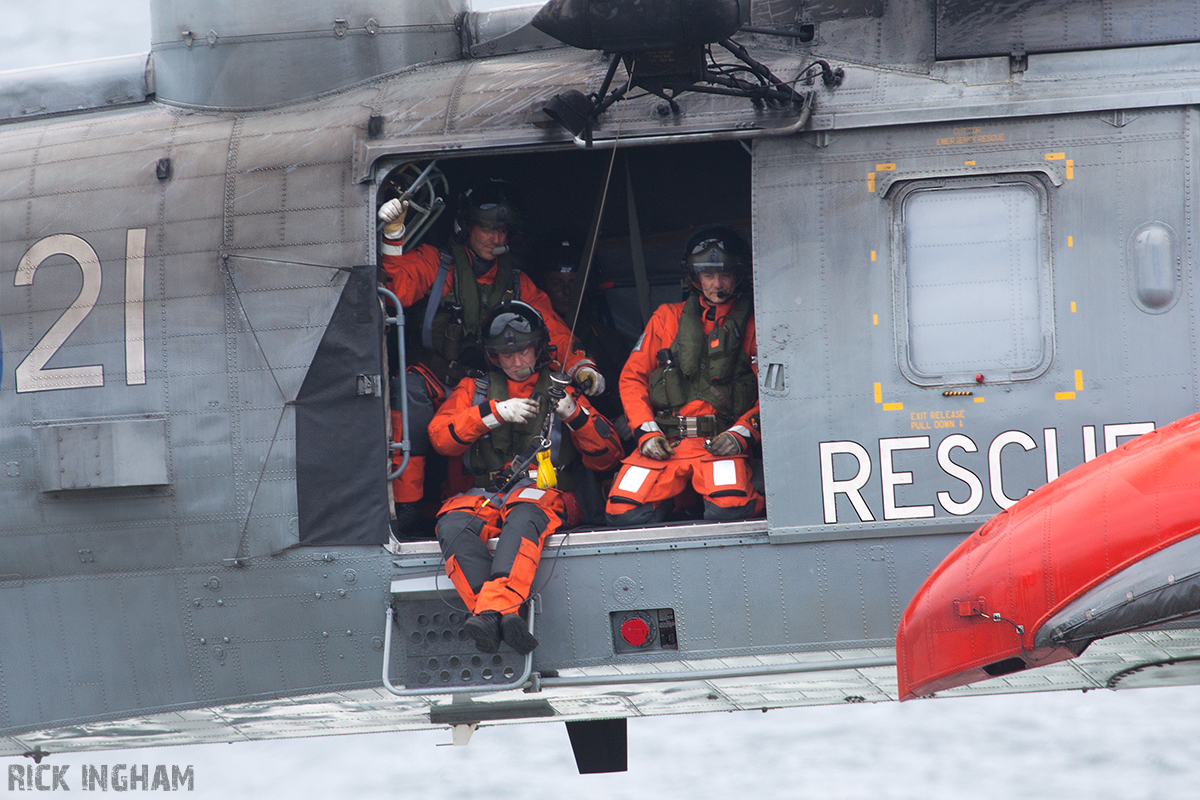
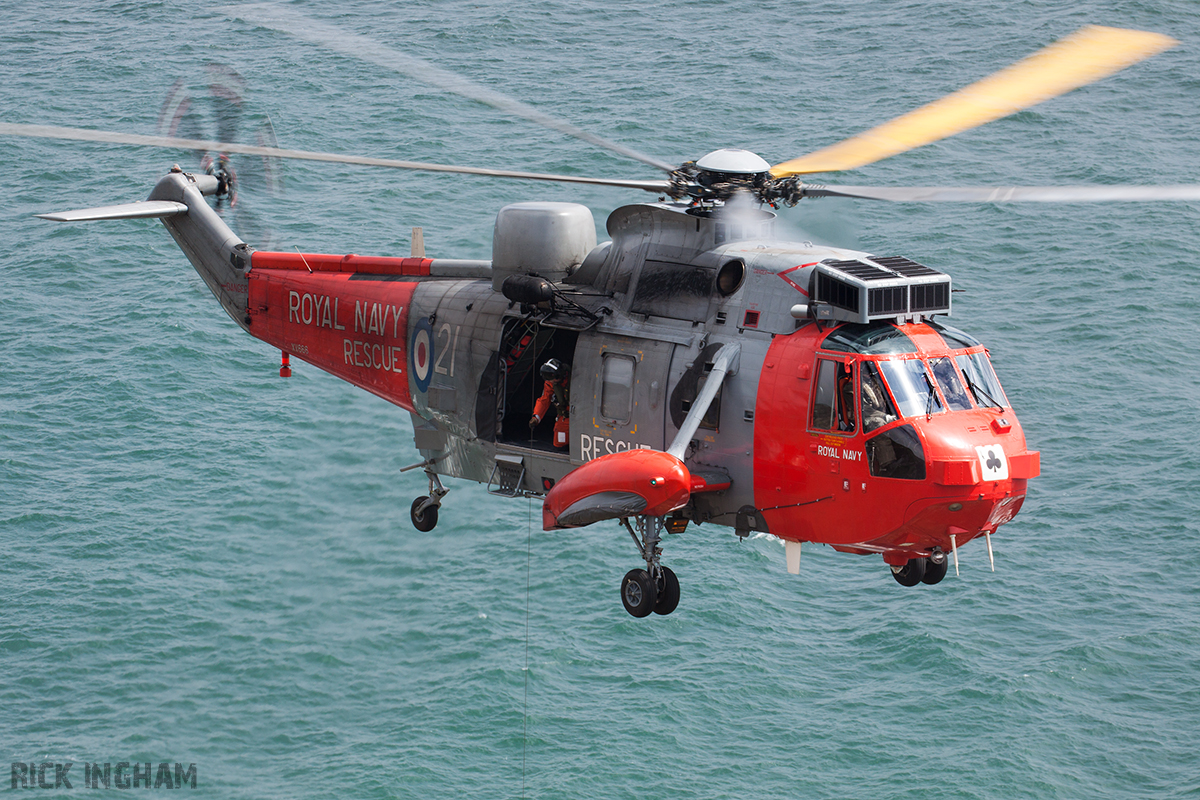
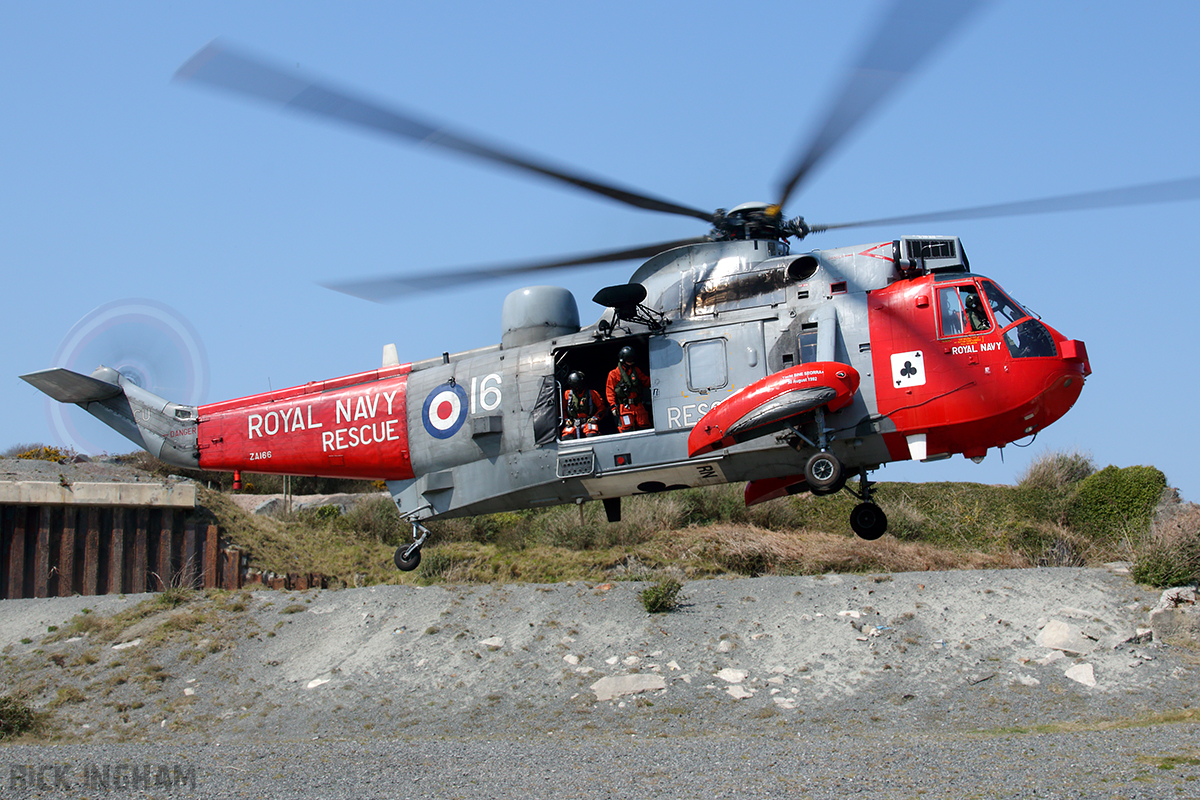
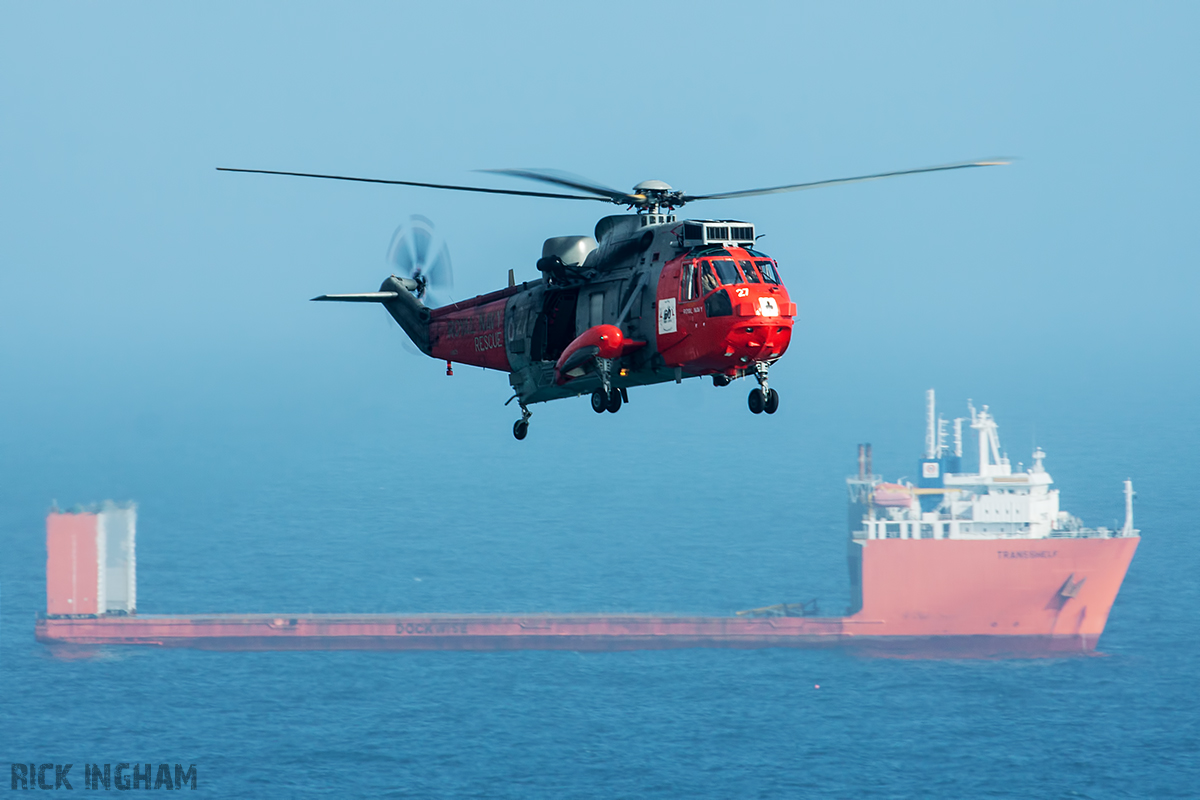
.jpg)
